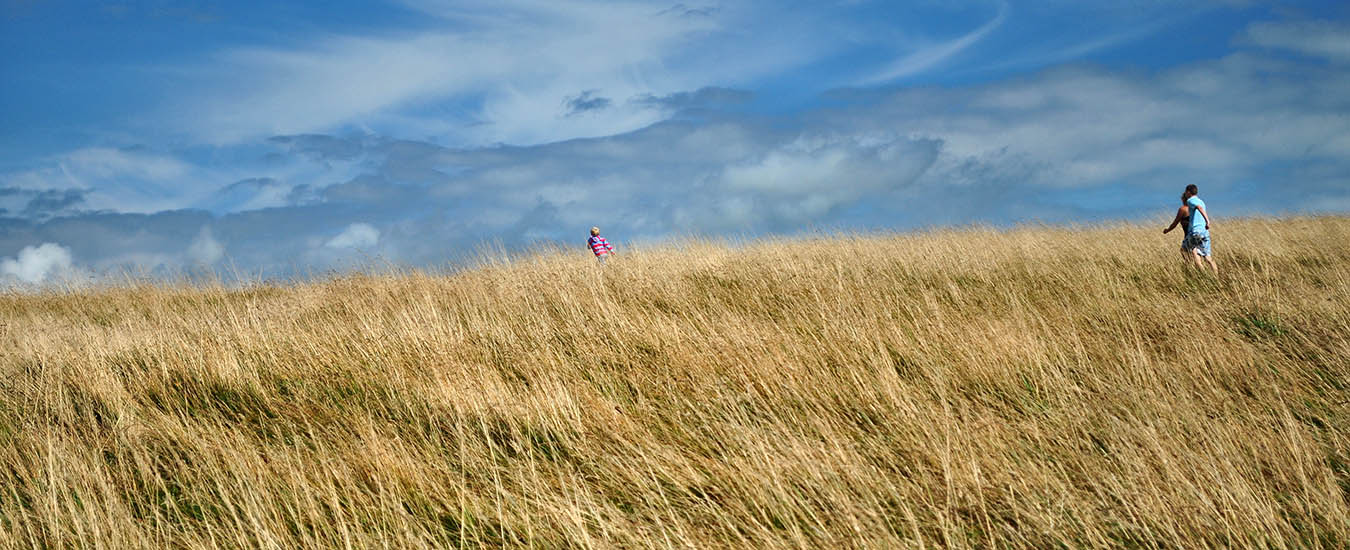Come along as we take you on a three-part journey through the fascinating place names of Atlantic Canada
Callers often ask me, when I am on CBC Radio’s Maritime Noon as resident genealogist, to explain the meaning of their names. That can be easy when the family is Robertson or McManus, Carpenter or LeBlanc. Other names require some explanation. For instance, Sidebottom is not an observation about someone’s anatomy, but a reference to where they lived: in a wide valley (a bottom).
Many place names are easily explained. It’s worth noting that, in my research on this topic, William Hamilton’s book Place Names of Atlantic Canada gave me several points of reference, which may help you as well.
Moncton was named after the British brigadier, Robert Monckton, of Beauséjour fame. Several royal personages (uncles of Queen Victoria) gave their names to regional locations, such as Cumberland, Gloucester and Sussex. Queen Victoria’s own name graces two counties and several communities in the region.
Victoria’s father was the Duke of Kent, hence a New Brunswick county and the town of Kentville, NS. Her grandparents, George III and Queen Charlotte, inspired names given to Prince Edward Island’s Georgetown and Charlottetown, while Victoria’s husband is the reason we have an Albert County and an Alberton. All three Maritime Provinces have Kings and Queens counties, and PEI trumps the others by having a Prince County.
.jpg)
Men from many European countries flocked to the rich fisheries of the Grand Banks and the continental shelf in early years. We are reminded of this when we come to Portugal Cove, NL, or Portuguese Cove, NS. Not only does Newfoundland have a Port-aux-Basques, but those intrepid seamen probably thought that Aspy Bay in Cape Breton resembled Pic d’Aspe in their Pyrenees.
The Gaels—the Scots and the Irish—scattered place names about the region. Think of Uigg, PEI, Glenelg, NB, and Iona, NS, and the Highlanders who settled them. One interesting Irish place name in Prince Edward Island is Kinkora. Its origin is in Kincora, near Killaloe, in Ireland, the Gaelic name for which is Ceann Coradh—the head or hill of the weir. Long ago, the famed Brian Boru’s castle stood there, near a weir on the River Shannon.
The Mi’kmaq and Maliseet christened places with names that were topographical descriptions. Those shibboleths that deceive the tongues of visitors—Chezzetcook and Musquodoboit—speak of what they look like. Chezzetcook is where the water flows rapidly in many directions, while Musquodoboit suggests a place where a narrow mouth widens suddenly into a harbour.
Another aboriginal legacy is New Brunswick’s Kouchibouguac National Park; the name is a corruption of the Mi’kmaq Pijeboogwek, a river of long tides.
It is tempting to think some thrifty pioneers called their hamlet Economy. They were just giving an English twist to the Acadian French name for the place Vil Conomie, but that, in turn, was a way of writing down the Mi’kmaq name, Kenomee, which meant the place that juts into the sea.
The French left us a rich heritage of place names. Think of Framboise (raspberry) and Grosses Coques (large shells) in Nova Scotia, Crapaud (frog) in PEI or Bay du Vin, NB. “Vin” doesn’t refer to the drink, but the breeze (baie des vents means windy bay). If you want a libation, then we can offer Wine Harbour on the Eastern Shore of Nova Scotia where, we are told, a cargo of Madeira was lost in a shipwreck.
Wine wasn’t the only thing that fell into the sea. Champlain’s party lost a sheep overboard at a place in Nova Scotia that we write as “Port Mouton,” and usually pronounce “Port Matoon.” The sheep, by the way, was drowned but not allowed to go to waste. They fished it out and had it for dinner, a novel twist to “catch of the day.”
Dr. Terrence M. Punch is the author of the series Some Early Scots in Maritime Canada. He was named a member of the Order of Canada last year.
